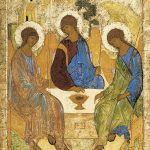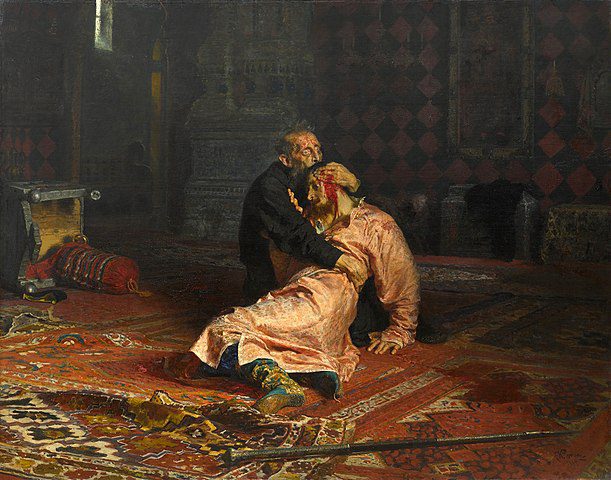
Ilya Efimovich Repin (1844–1930) was a towering figure in Russian art, whose work left a profound impact on the portrayal of Russian society, history, and personality. Born in Chuguyev, in the Kharkov Governorate of the Russian Empire (now Ukraine), Repin emerged from modest beginnings to become a leading light of the Peredvizhniki (Wanderers) movement, a group of Russian realist artists who sought to break away from the academic restrictions of the time, aiming instead to portray real life and the Russian landscape with sincerity and emotional depth.
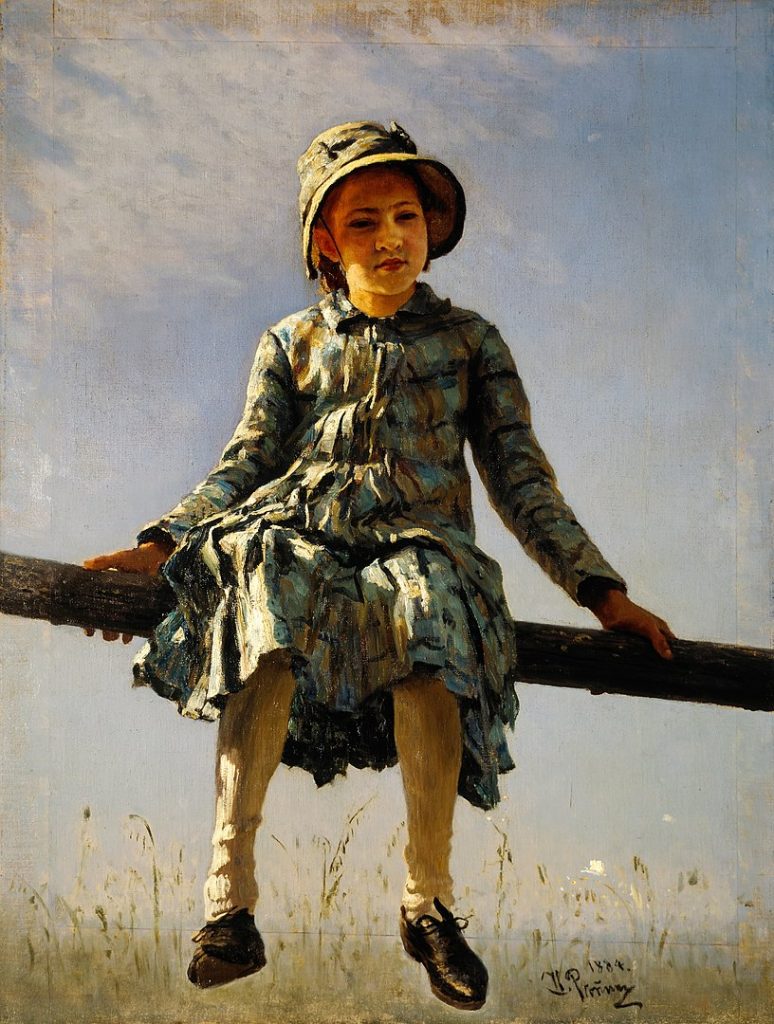
Repin’s journey into the arts began at the Imperial Academy of Arts in Saint Petersburg, where he honed his skills and embraced the ideals of social and critical realism. His time at the Academy, coupled with travels abroad, particularly in Italy and France, broadened his artistic vision, yet he remained deeply rooted in the Russian experience, which became the central theme of his work.
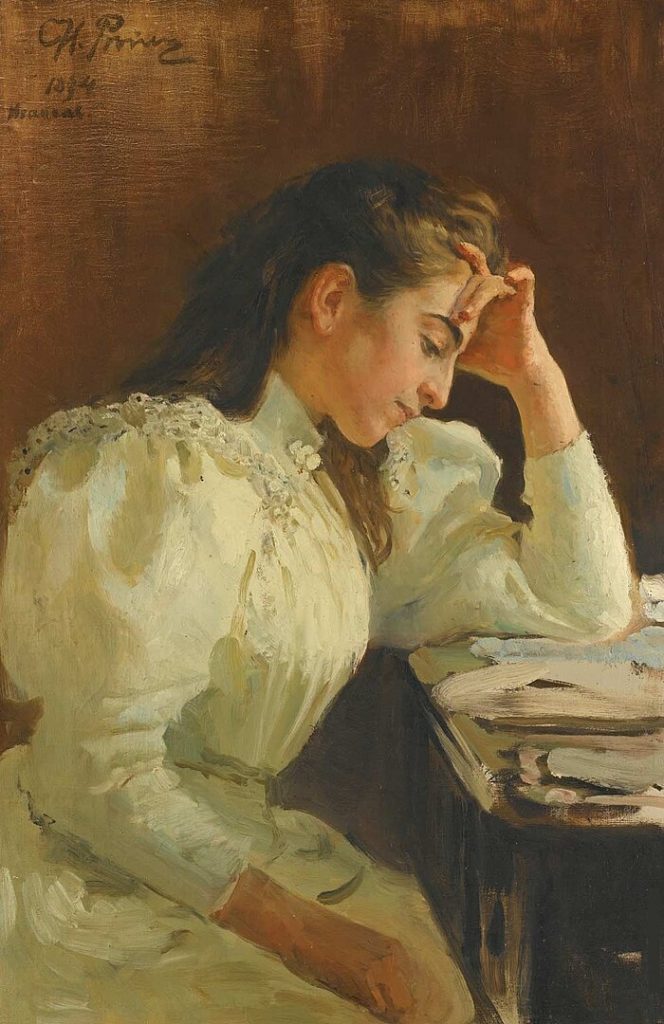
His oeuvre is a rich tapestry that chronicles the Russian condition, capturing both the grandeur and the turmoil of his homeland. Repin’s art is distinguished by its profound humanity, intricate detail, and psychological depth. He had an exceptional ability to depict the nuances of character and emotion, which he applied equally to portraits, historical scenes, and social narratives.
Storytelling and social critique
One of Repin’s most iconic works, “Barge Haulers on the Volga” (1870-1873), exemplifies his masterful storytelling and social critique. The painting portrays the grueling toil of barge haulers, depicting their physical strain and the stark contrasts of social inequality. This piece, among others, cemented his reputation as an artist deeply sympathetic to the plight of the common man.
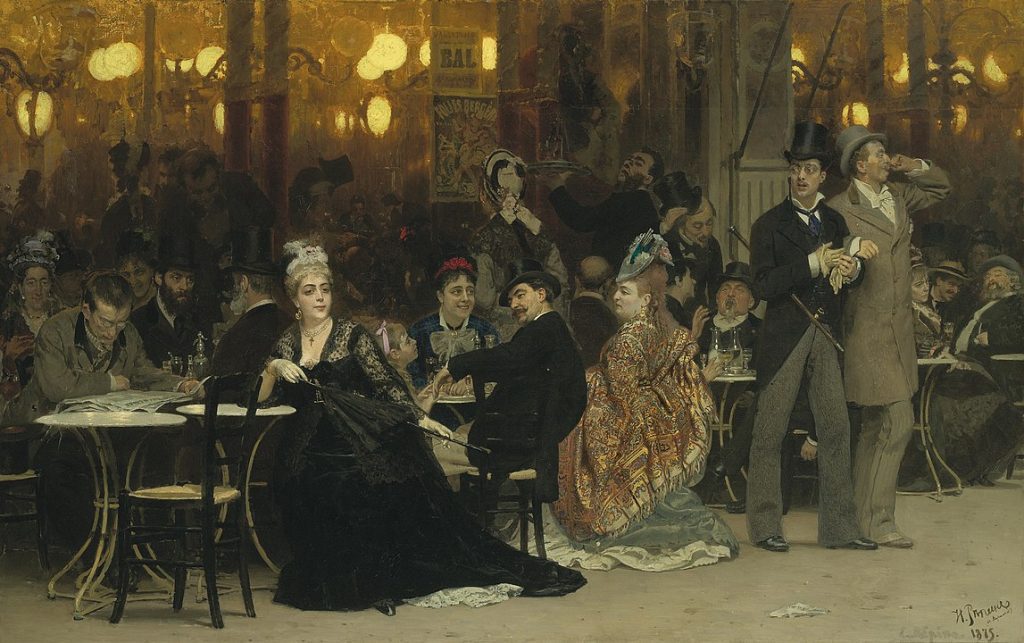
Repin’s historical paintings are equally significant, offering vivid windows into Russia’s past. Works such as “Ivan the Terrible and His Son Ivan” (1885) showcase his ability to capture intense emotional and psychological states, bringing historical figures and moments to life with dramatic realism.
Throughout his career, Repin was also a sought-after portraitist, capturing the likenesses of many notable figures of his time, including Leo Tolstoy, Modest Mussorgsky, and Anton Chekhov. His portraits are celebrated not only for their technical brilliance but also for their insightful exploration of the subject’s personality and inner world.
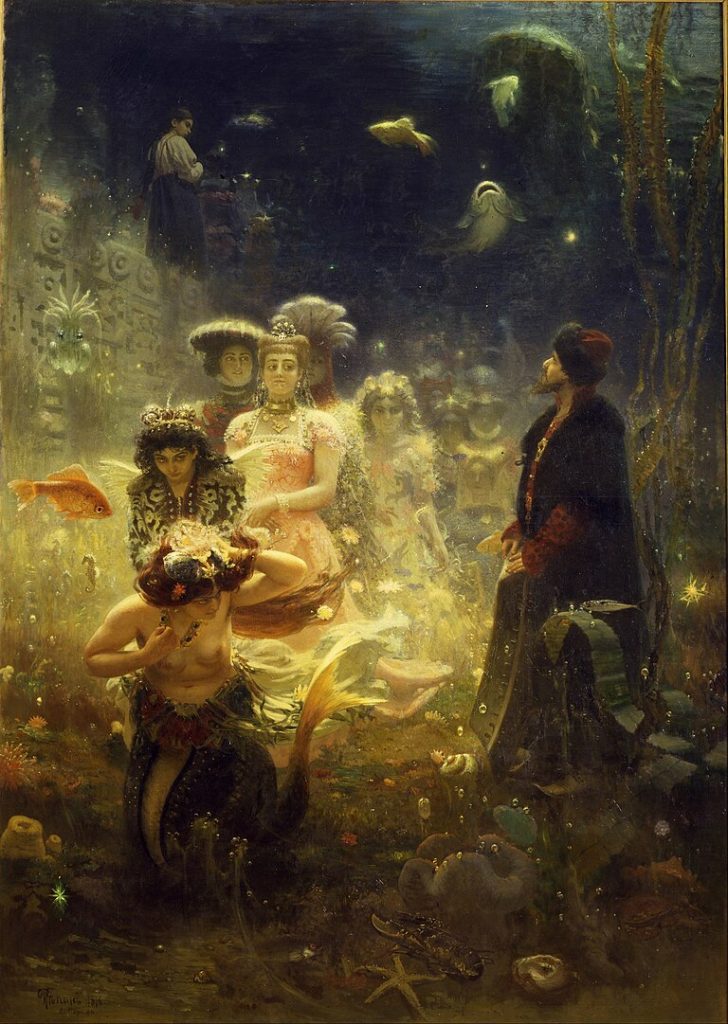
Repin’s involvement with the Peredvizhniki was central to his artistic philosophy. He actively participated in their exhibitions and efforts to engage with a broader audience, believing in the power of art to reflect and influence social change. This movement played a crucial role in the development of Russian art, advocating for realism and accessibility, and Repin’s work exemplified these principles.
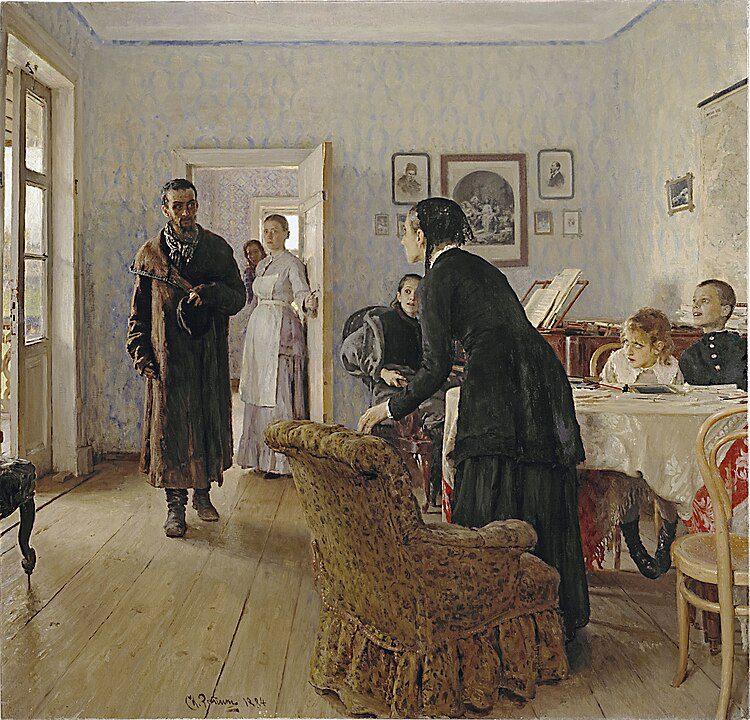
Later in life, Repin settled in Kuokkala, Finland (then part of the Russian Empire, now Repino, Russia), where he continued to paint, teach, and influence the next generation of artists. His home, “Penates,” became a cultural hub and is now a museum dedicated to his legacy.
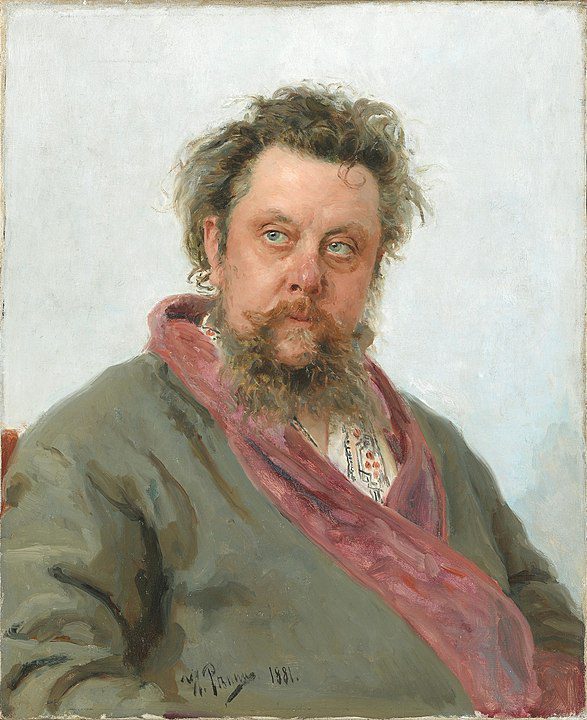
Repin’s legacy is profound, bridging the gap between the 19th and 20th centuries and influencing the trajectory of Russian art. His works are held in high esteem, housed in museums across Russia and the world, including the Tretyakov Gallery in Moscow and the Russian Museum in Saint Petersburg. Repin’s art continues to resonate, reflecting the complexities of the human condition and the nuanced tapestry of Russian life.
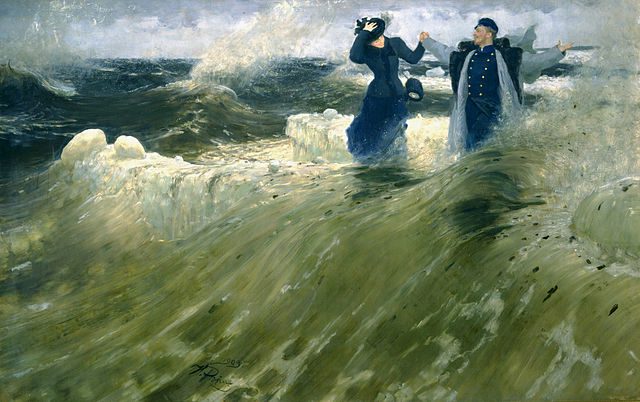
In summary, Ilya Repin was not just an artist but a chronicler of his times, whose works remain a vital part of Russia’s cultural heritage. His commitment to realism, combined with his deep empathy for his subjects, makes his art a compelling study of humanity in all its facets. Through his paintings, Repin explored the essence of Russian identity, society, and history, making him one of the most important and influential Russian artists of his era.


